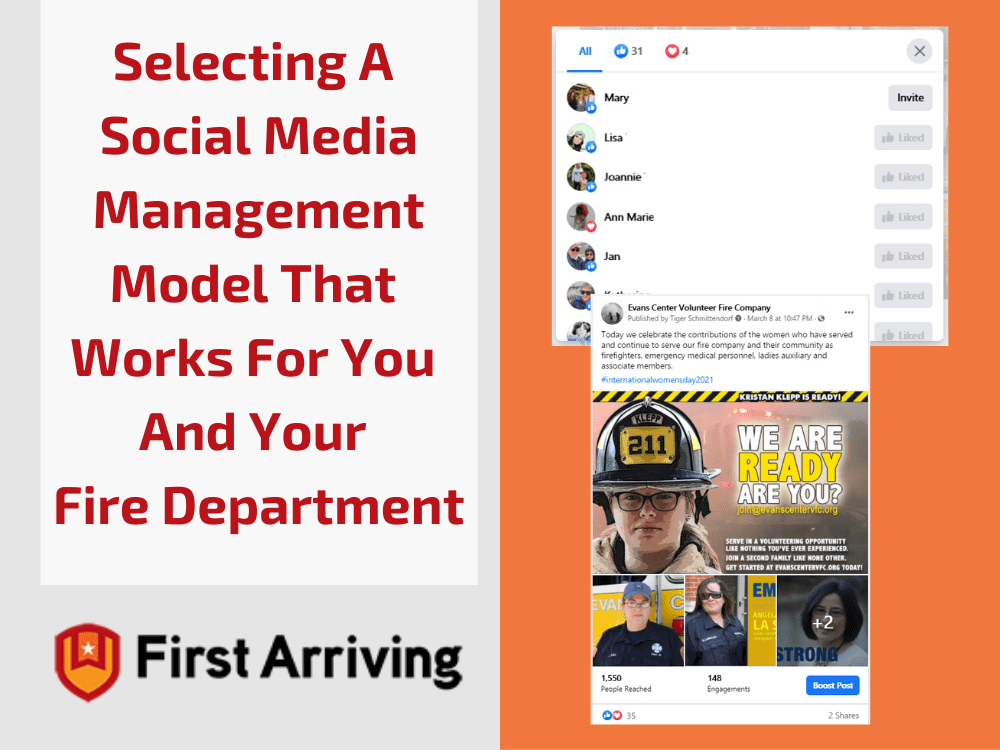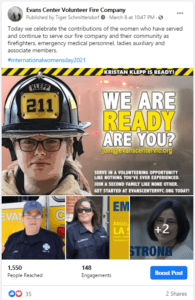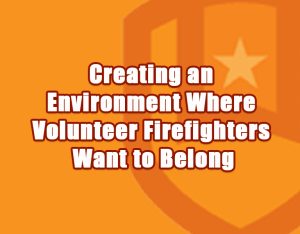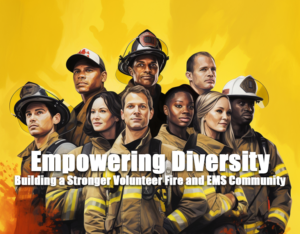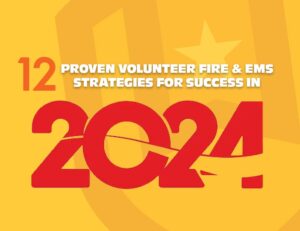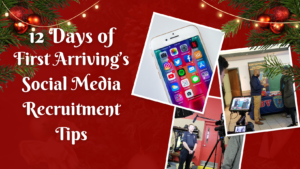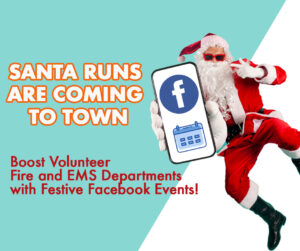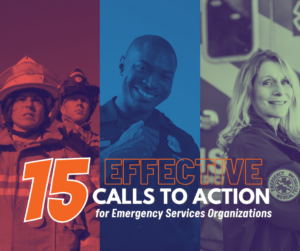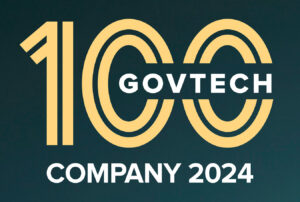Managing your emergency services organization’s social media presence can be an intimidating and even overwhelming task, unless you plan, and plan to delegate responsibilities.
Before you set out to build your team, do you have a policy in place that addresses your organization’s approach to the use of social media in the first place? There are two distinctly different social media policies:
1. One that addresses how the fire department will use social media to positively promote the mission of the organization and the great work and accomplishments of its people.
(Ex: https://firstarriving.com/anatomy-of-a-new-member-announcement/)
2. One that establishes how members will represent their connection to the fire department on their own personal pages, and the rules of engagement (code of conduct) they are bound to.
(Ex. – https://bit.ly/38MFH3w)
Even today, there are still some fire departments and emergency services agencies that take a “no good can come of it” attitude towards social media and thus have no online presence whatsoever, no active presence, or are so restrictive that it prevents them from disseminating timely information, rendering their social media presence irrelevant. Unfortunately, that may be short-sighted as there is a general expectation that your organization is online and that you’re keeping your content fresh. We’re reminded of the adage, “If we don’t blow our own horn, no one is going to do it for us.” Furthermore, the last thing you want is someone else (another person or organization) telling your story for you.
As for the policy that outlines your members’ social media interactions and their relationship to your organization, there is plenty of real-world concern over what your members share about responses and department business. There is also no lack of example policies that are readily available for free from national and other fire service organizations: (https://www.nvfc.org/social-media-and-crisis-communication/).
I half-joke that my fire company’s social media policy was written when we incorporated in 1933 – it’s baked right into our oath-of-office as shown in this excerpt from our by-laws. It says we will “refrain from divulging any of the proceedings of the company…and conduct [ourselves] in a manner consistent with the proud tradition and dignity of the fire service.”
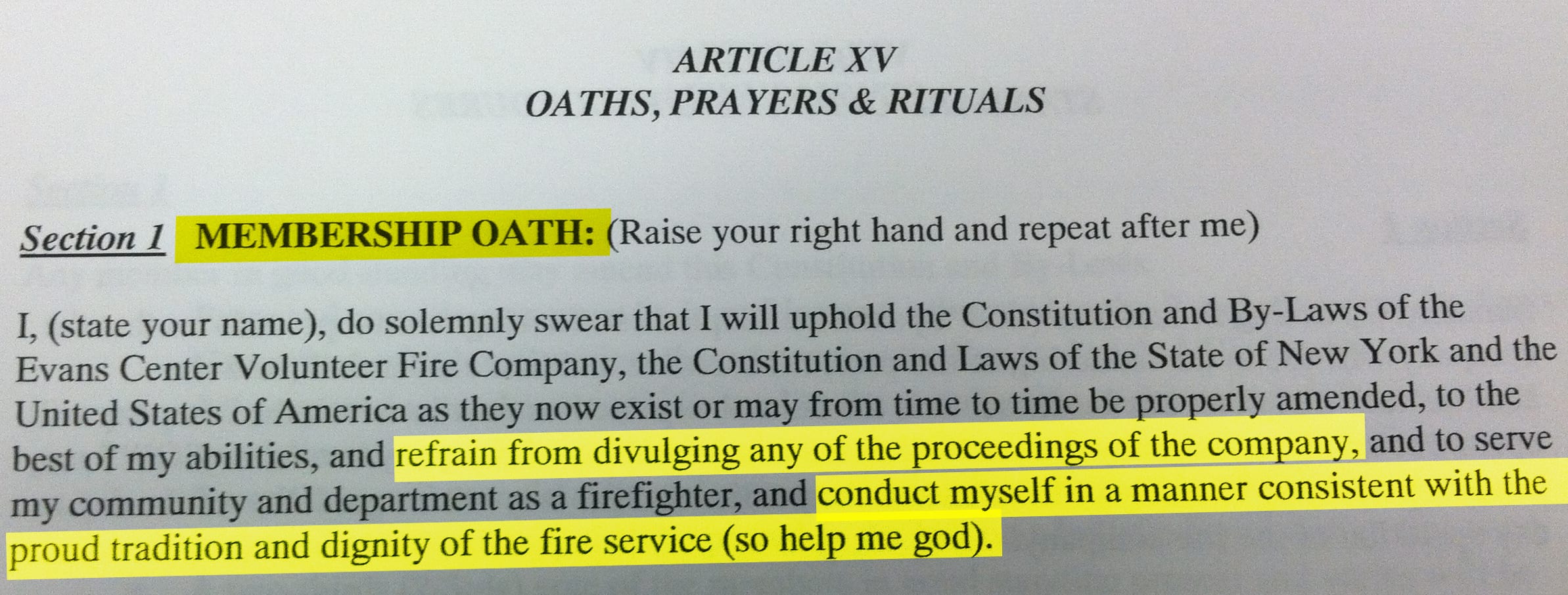
It didn’t specify on what platform, technology, channel, media or device. It just says we will keep it in confidence in the supermarket, at work, church, and yes, even and especially on social media.
The oath is pretty straightforward and doesn’t leave a whole lot to interpretation.
Once you’ve established your policy(s), there are advantages to building a social media team to saturate your market and the platforms you play on. This builds redundancy, spreads the workload, and maximizes your reach.
As you start to build your social media management team there are some questions you may want to consider:
- Which platforms are you on?
- Which platforms should you be on based on your objectives and the audience(s) you are targeting?
- Who will post what, where?
- Who needs to play which role and have which level of authority: admin (assign at least two, for redundancy), editor or contributor?
- Who will monitor and how will you address comments and messages on each platform?
- Will you share posts from other partner and affiliate organizations, what kind, and who will share them?
- Who will cross post/share FD posts on related or local pages and groups to expand your reach?
- What images, content, colors, designs and voice will you use on which platform?
- Will you post to each platform individually or use a social media aggregation tool to manage multiple accounts simultaneously such as Hootsuite, Tweet Deck, Sprout Social, etc.?
Just like we differentiate two different kinds of social media use policies, we propose two different models of a social media team delegation strategy:
- By Topic: Fundraisers, Recruitment, Retention (Member Spotlights, Achievements, Awards), Responses, Public Education (Fire & Life Safety Info), General FD info (Did you know?) and Public Relations, etc.
- By Platform: Facebook, Instagram, LinkedIn, Twitter, Snapchat, Tik-Tok, etc.
Pick people who are trustworthy, articulate (good spellers and “grammarers!” lol) and who are hopefully “power-users” of social media themselves. Assign 1-2 admins and/or contributors per platform or topic but define clear expectations for each position. Don’t be afraid to shuffle the deck once in a while, giving different people the opportunity to learn new platforms and the appropriate posting/writing styles.
Here are some general tips for social media management to tie this conversation together:
- Always keep the message positive: https://firstarriving.com/keep-your-volunteer-efforts-afloat/
- In keeping with our mantra to: “Treat every public interaction as a public service, public education, public relations and a recruitment opportunity” – include a recruitment message in every post. It can be something as simple as:
- “If you or someone you know is interested in learning more about volunteering with the [NAME] Fire Department, visit our website at [URL], email us at [@], call us at XXX-XXX-XXXX or visit our firehouse on [day of week] evenings when we’re training.”
- In emergency response-related posts:
- Lead and end with compassion and empathy for those affected by the incident.
- Focus on the role of the volunteer, not the victim, and their efforts to make a bad situation a little (or a lot) better.
- Avoid using specific terms, unit numbers, abbreviations, acronyms and jargon only we understand.
- Be extremely cautious with photos and video. Consider delaying posting by 24-48 hours to allow for proper notifications. Even images of members smiling or joking can easily be taken out of context as they are literally just snapshots in time. Avoid civilian faces, blood and gore, license plates and other identifying markings.
- Stay in your lane: don’t fall into the trap of sharing patient status, or speculating on possible causes for a motor vehicle collision or similar incident.
- Take the opportunity to thank your mutual aid partners and all other agencies involved.
- Only share information related to your agency’s actions and info that you can verify. Be sure to attribute everything else to someone else (the source). This will go a long way in keeping you out of PR purgatory!
- You can’t assume that because you have 1,000 followers – that 1,000 people see all of your posts. Post reach is based on engagement and sharing. The algorithms of each platform change frequently and it’s a challenge to keep up. Our First Arriving team focuses on cracking the code every day.
- Boosting posts is different from Facebook Ads Manager. Boosting extends the reach of the post by placing your post in the news feed of your target audience. Facebook Ads, however, run across several Facebook platforms including Instagram, Facebook Messenger, Stories and more.
- Post concisely and consistently, pointing them (and building traffic) to your website for the full story: https://firstarriving.com/facebook-volunteer-fire-ems-departments/
Pro-Tip: When someone likes or comments on your post, build your audience by inviting them to like/follow your page too.
- Strike a balance between your various messages (asks) and change the content lineup occasionally. Followers will tune out to a barrage of constant recruitment messages, or fundraising messages, etc. Too much of a good thing is just that – not a good thing!
- Photos win over just text, and video wins over photos: https://firstarriving.com/tips-for-shooting-an-interview-style-recruitment-video-using-a-cell-phone/
- Unfortunately, “Haters gonna hate.” Not everybody may have had the best experience with your organization or the fire service in general, but everybody feels entitled to share their opinion. Post a standard of conduct on your page with clear expectations. Consider in your policy whether you should hide negative or irrelevant comments, and/or delete derogatory, inflammatory, or foul language. This may vary depending on whether your organization is a government agency or an independent entity. Don’t engage in online arguments, your opponent will beat you down to their level. Take those conversations offline. It’s your social media presence. Manage it appropriately. Consult legal counsel as necessary.

